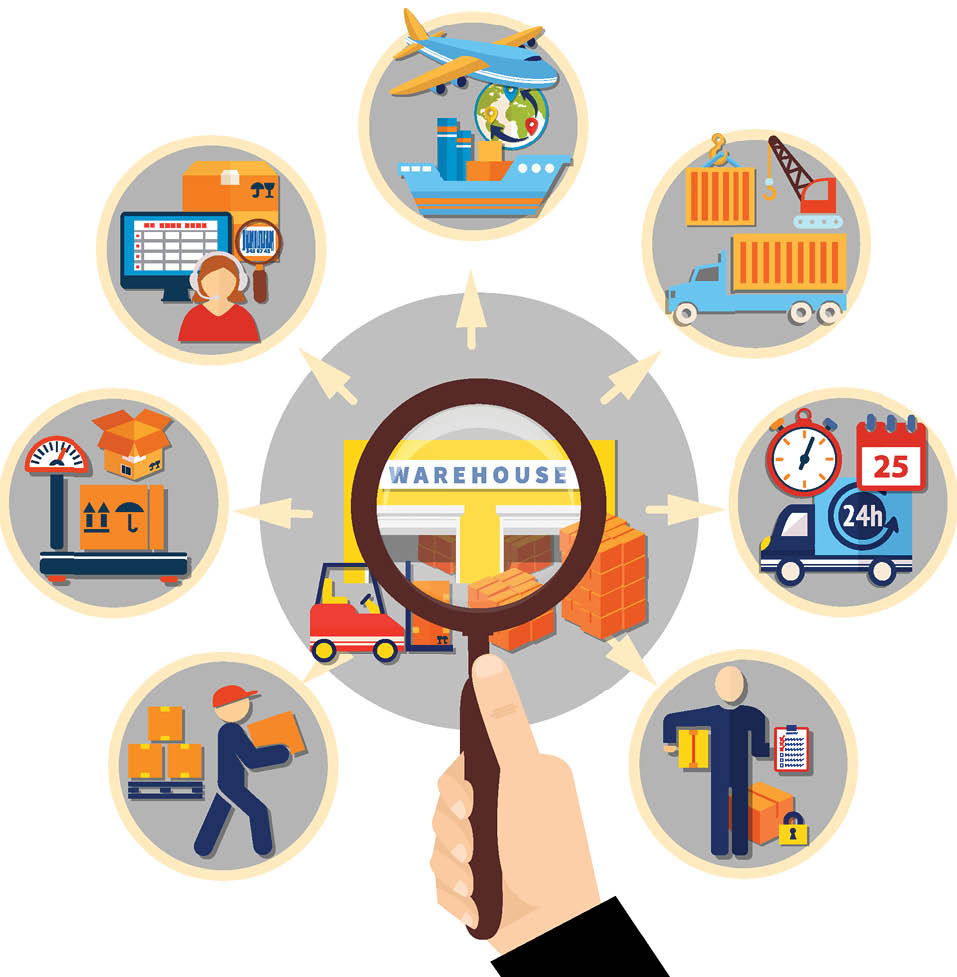In today’s global business landscape, supply chain disruptions can arise from various quarters: geopolitical tensions, trade disputes, natural disasters, pandemics, or cyber threats, to name just a few.
For small and medium-sized enterprises (SMEs) with limited resources, these disruptions can be particularly challenging. However, even with constraints, SMEs can build resilience into their supply chains through strategic planning, adaptability, and innovation. In this article, we’ll discuss practical ways using which SMEs can bolster their supply chain resilience. I have also compared / contrasted this with what larger corporations do to enhance their resilience.
 1. Inventory Management:
1. Inventory Management:
Implementation for SMEs: Keep safety stock for critical components, but balance this with the costs of holding inventory. Adopt a JIT (Just-in-Time) approach judiciously, ensuring that the reduction in inventory doesn’t leave the company vulnerable to supply chain disruptions.
What larger corporations do: Invest in advanced inventory optimization tools, and use data analytics to predict demand patterns. Establish dedicated inventory hubs globally to respond rapidly to regional demand.
2. Diversification of Suppliers:
Implementation for SMEs: Avoid over-reliance on a single supplier, even if it’s cost-effective. Diversify your supplier base geographically and by size. This way, if one supplier faces issues, others can pick up the slack.
What larger corporations do: Develop strategic partnerships and co-investment with key suppliers. Establish global sourcing offices to continuously scout and vet potential new suppliers.
3. Visibility Across the Supply Chain:
Implementation for SMEs: Use simple digital tools to have a clear view of your end-to-end supply chain. Cloud-based solutions can offer cost-effective visibility, enabling SMEs to react swiftly to disruptions.
What larger corporations do: Implement sophisticated supply chain visibility platforms that integrate AI and machine learning. These can predict potential disruptions and suggest mitigation strategies in real-time.
4. Strengthen Local Supply Chains:
Implementation for SMEs: For some critical components or products, consider sourcing locally or regionally. This reduces lead time and potential geopolitical risks associated with international suppliers.
What larger corporations do: Establish regional supply chain hubs that can function independently, ensuring that a disruption in one region doesn’t cripple the entire global supply chain.
5. Flexible Logistics and Distribution:
Implementation for SMEs: Cultivate relationships with multiple logistics providers. Consider alternative transportation modes – if air freight is disrupted, can rail or road be an option?
What larger corporations do: Own or lease strategic logistics assets like warehouses or distribution centres in key markets. Consider partnerships or stakes in logistics firms to ensure priority access.
6. Regular Risk Assessment:
Implementation for SMEs: At least annually, map out potential risks to your supply chain and brainstorm possible mitigation strategies. This doesn’t need to be a costly exercise but can be done through team workshops or brainstorming sessions.
What larger corporations do: Invest in dedicated supply chain risk management teams. Use sophisticated scenario planning tools and simulations to game out potential disruptions and responses.
7. Cultivate a Resilient Culture:
Implementation for SMEs: Train your team to be adaptable and solution-oriented. Encourage cross-functional collaboration, as this can lead to creative problem-solving during disruptions.
What larger corporations do: Invest in continuous training and development. Consider setting up crisis simulation exercises to prepare teams for potential disruptions. They also have dedicated teams which can run war-rooms and fix real time issues, using back-up plans and partners; some even have the option to in-house produce critical components.
8. Financial Health Check:
Implementation for SMEs: Ensure that the company has adequate financial buffers to withstand disruptions. This might mean having insurance or maintaining a revolving credit line that can be accessed during cash flow challenges. But remember, all credit line and loans are a burden/liability beyond the prescribed limits of leverage.
What larger corporations do: Diversify revenue streams and establish a robust financial hedging strategy to protect against currency fluctuations and market downturns.
Supply chain resilience is not just the domain of large corporations with deep pockets. SMEs, with their agility and adaptability, can also create robust supply chains by implementing practical, cost-effective strategies. For larger corporations, these foundational steps can be built upon with more significant investments in technology, infrastructure, and personnel. The goal, irrespective of the company’s size, remains the same: a supply chain that can withstand shocks and continue to deliver value to customers.
Reference and Credits:
Opinions and published works available in the public domain from authors and agencies
Sai is the founder of OrbitShift. He is a coaching & consulting practitioner and an entrepreneur at heart. He can be reached at saikumarchandran@orbitshift.com



